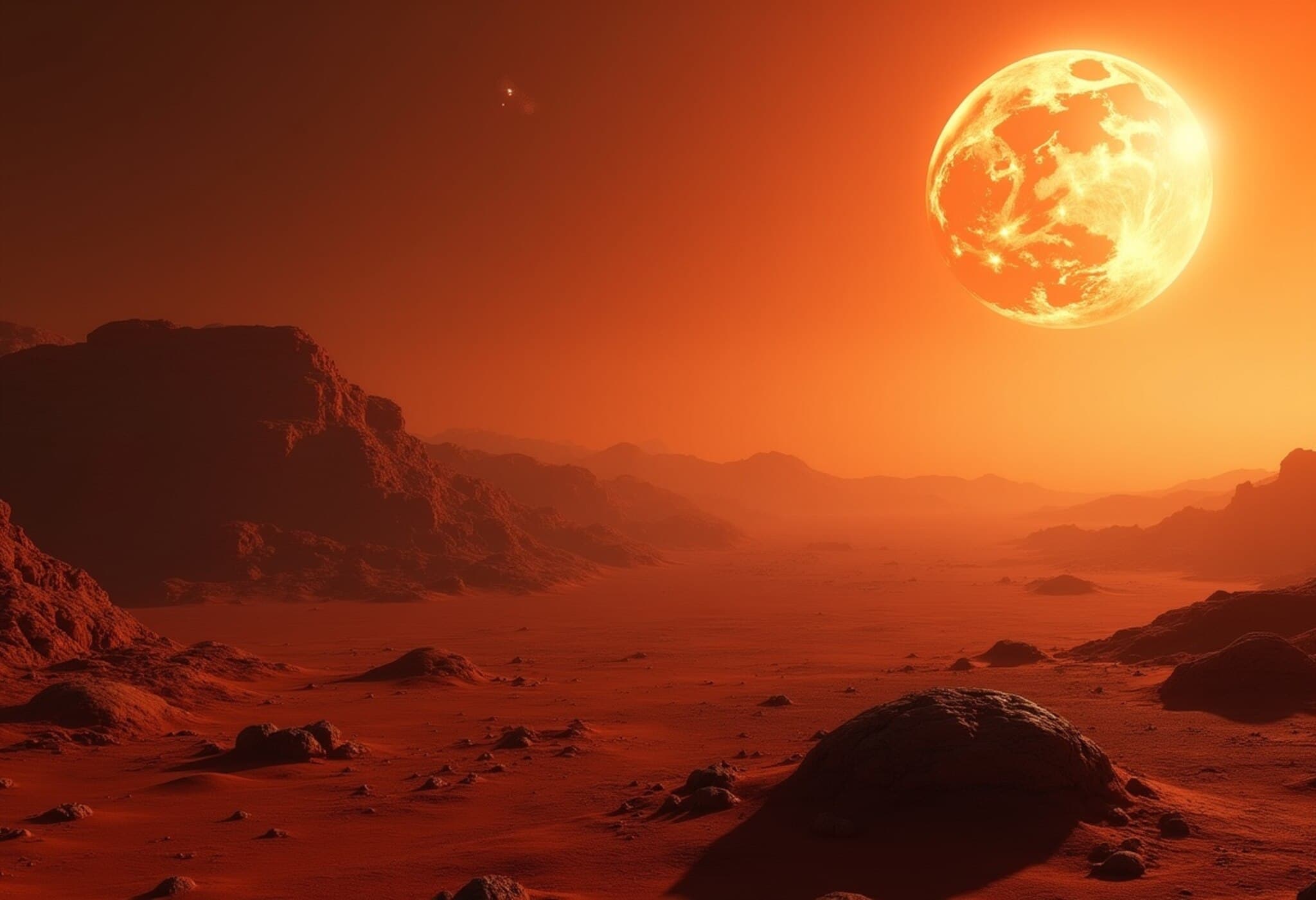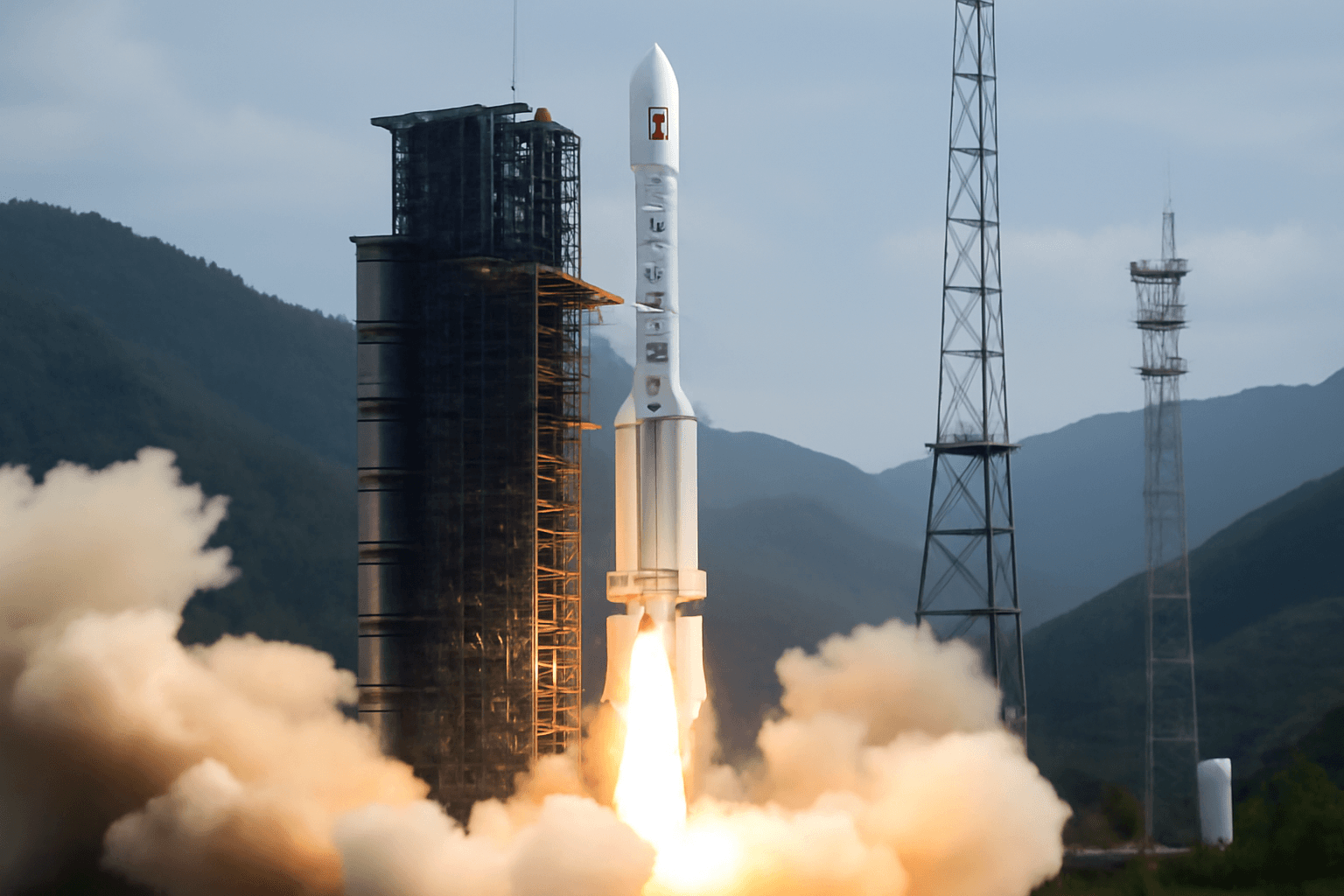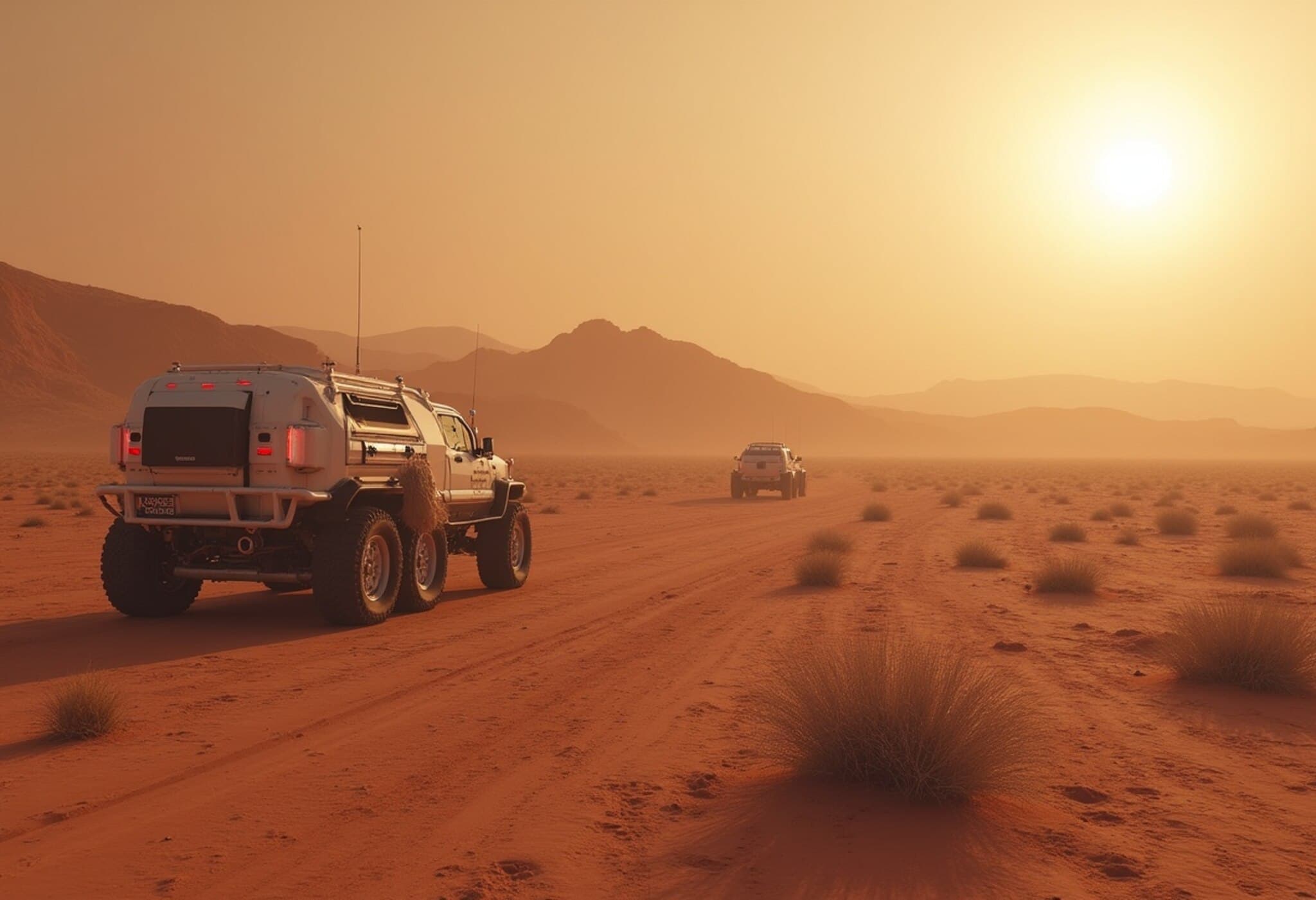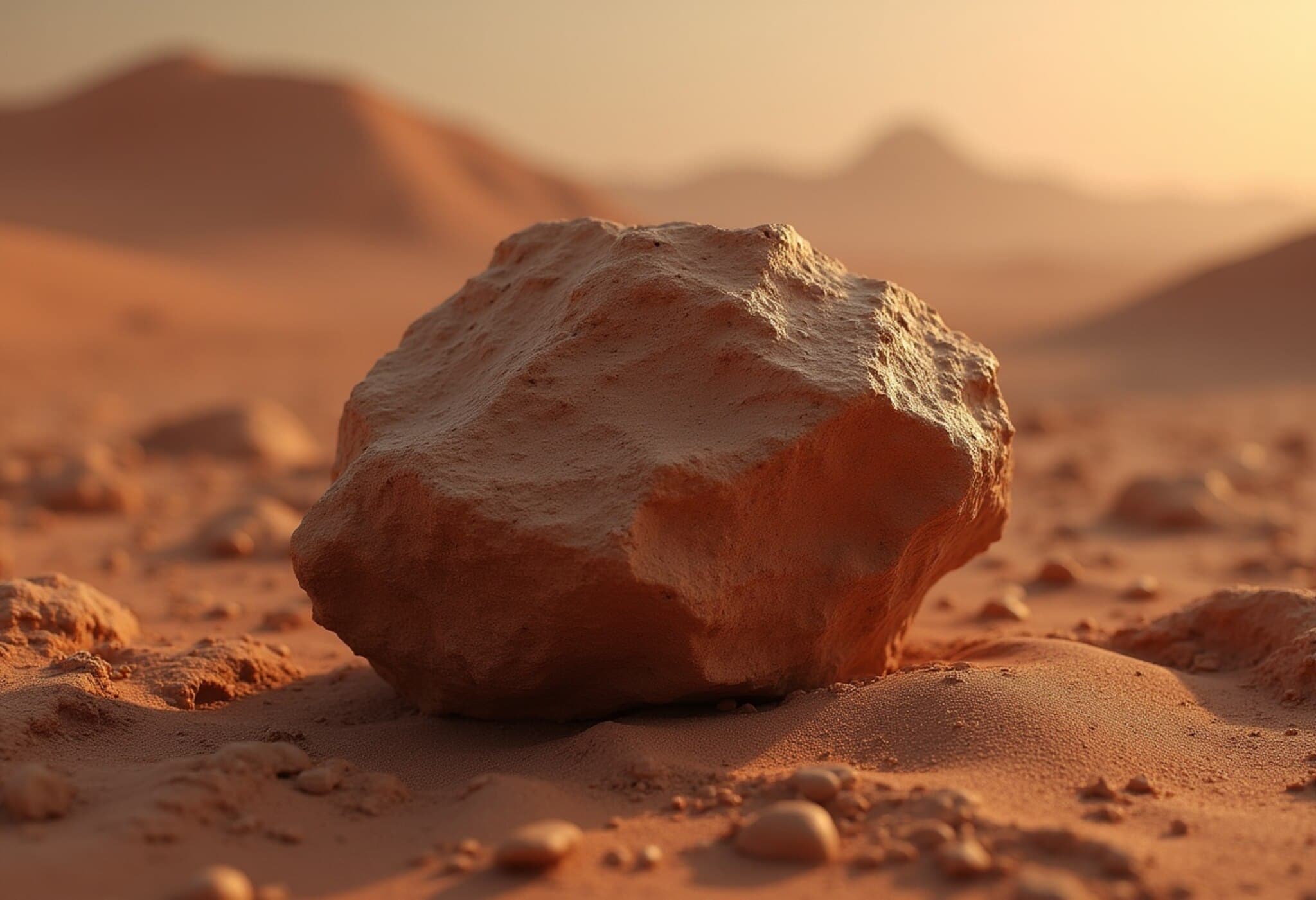Why Is Mars Called the Red Planet?
For centuries, humans have gazed at Mars, captivated by its distinctive reddish appearance. This hue inspired its name, drawn from the Roman god of war, symbolizing blood and conflict. But what truly gives Mars its fiery color?
The Science Behind Mars’ Reddish Tint
The characteristic red shade of Mars originates from iron oxide, or rust, on its surface. Iron-rich minerals in the planet’s rocks and dust oxidize, creating the rusty brown and reddish colors seen across much of its landscape.
Interestingly, just like the iron-containing molecule hemoglobin colors human blood red, iron oxide tints Mars, linking the planet’s appearance to the very element that colors our own bodies.
Details Unveiled by Mars Probes
Images captured by rovers and landers reveal that Mars isn’t uniformly red but rather showcases a spectrum from rusty brown to tan. Photos from the 1976 Viking landers show a surface cloaked in a layer of orange dust, indicative of widespread iron oxide.
Mars also sports polar ice caps made predominantly of frozen water, similar to Earth’s, but during colder seasons they're covered by dry ice—solid carbon dioxide. These caps fluctuate in size as sunlight causes the dry ice to sublimate and then reaccumulate, highlighting seasonal shifts unique to Mars.
Seeing Mars Beyond Visible Light
While humans see Mars’ surface as red or brown, spacecraft equipped with special instruments detect light beyond the visible spectrum. Telescopes can sense infrared, ultraviolet, X-rays, and radio waves, each revealing different aspects of the planet’s composition and atmosphere.
- Infrared Imaging: Cameras capture heat patterns invisible to the eye, showing surface temperature variations and subtle geological features.
- Ultraviolet Views: Instruments like those aboard NASA's MAVEN spacecraft provide insights into atmospheric properties and solar interactions.
- False-Color Techniques: Since many wavelengths are beyond human vision, scientists often apply false colors to images, enhancing details and structures for analysis.
What Mars Teaches Us About Planetary Science
Each new imaging method sheds light on Mars’ past—its climate, geological evolution, and the history of water. Scientists continue to investigate whether Mars once harbored conditions suitable for life.
The quest to understand Mars doesn’t stop at visible light. By probing across the electromagnetic spectrum, astronomers uncover layers of information, painting a richer picture of our enigmatic neighbor.
In Conclusion
Mars’ iconic red color comes down to iron oxidizing on its surface, offering a glimpse into the planet’s unique environment. Yet, as advanced probes and telescopes look deeper and beyond what human eyes can see, the Red Planet continues to reveal surprises, pushing the boundaries of our knowledge and curiosity.

















